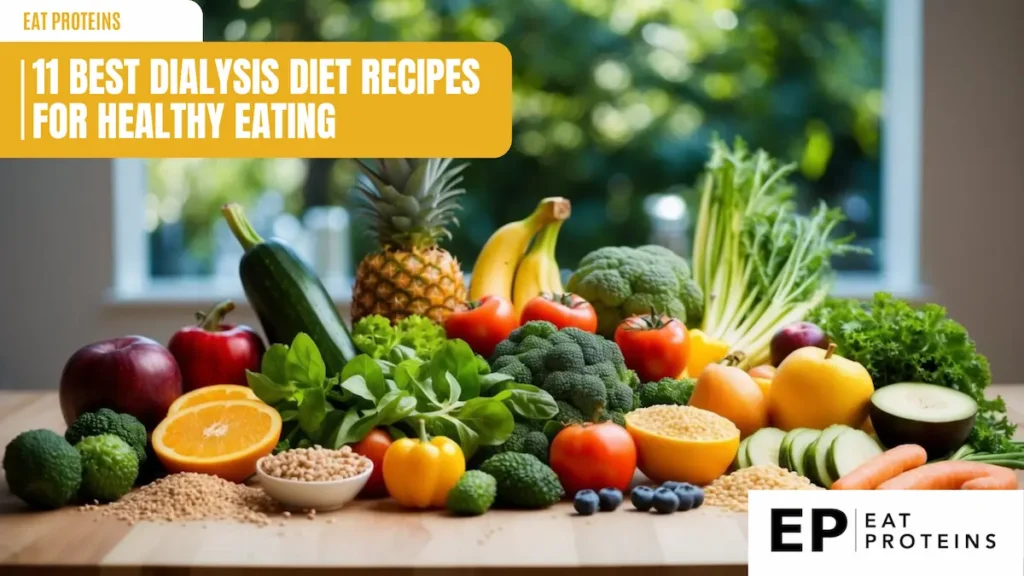
When managing kidney health, diet plays a crucial role, especially for those on dialysis. I will share 11 of the best dialysis diet recipes that are not only nutritious but also delicious. These recipes can help individuals enjoy meals while adhering to dietary restrictions.
I know that following a renal diet can be challenging, and finding tasty options is important. These recipes provide variety and can help make the dietary transition smoother for those needing to adjust their eating habits.
1. Grilled Lemon Herb Chicken

Grilled Lemon Herb Chicken is a flavorful and healthy choice for those on a dialysis diet. The dish is easy to prepare, making it suitable for quick meals.
To start, I gather the following ingredients: chicken breasts, fresh lemon juice, olive oil, and a mix of herbs like rosemary and thyme. These ingredients create a tasty marinade that enhances the chicken’s natural flavors.
Here are the simple steps to make this dish:
- In a bowl, I mix 1/4 cup of olive oil, 1/4 cup of lemon juice, and 1 tablespoon each of rosemary and thyme.
- I marinate 2 chicken breasts in the mixture for at least 30 minutes.
- Preheat the grill to medium-high heat.
- I grill the chicken for about 6-7 minutes per side, until it’s fully cooked and has nice grill marks.
- Once done, I let it rest for a few minutes before slicing.
This recipe not only keeps sodium low but also brings a burst of flavor to my meals. It’s a great option for maintaining kidney health while enjoying delicious food.
2. Low-Sodium Egg Salad

Low-sodium egg salad is a healthy choice for those on a dialysis diet. It is easy to make and offers a tasty way to enjoy eggs while limiting sodium intake.
To prepare this dish, I start with six hard-boiled eggs. I peel and chop them into small pieces.
Next, I add one tablespoon of low-fat mayonnaise. I also include one teaspoon of mustard for extra flavor.
For crunch, I mix in two tablespoons of chopped celery. I can also add herbs like parsley or dill for more taste.
It’s important to season lightly with black pepper and lemon juice instead of salt. I stir everything well until it forms a creamy mixture.
This egg salad can be served on whole-grain bread or enjoyed on lettuce leaves for a low-carb option. It’s a simple, nutritious meal that fits perfectly into my dialysis-friendly meal plan.
3. Quinoa Tabbouleh
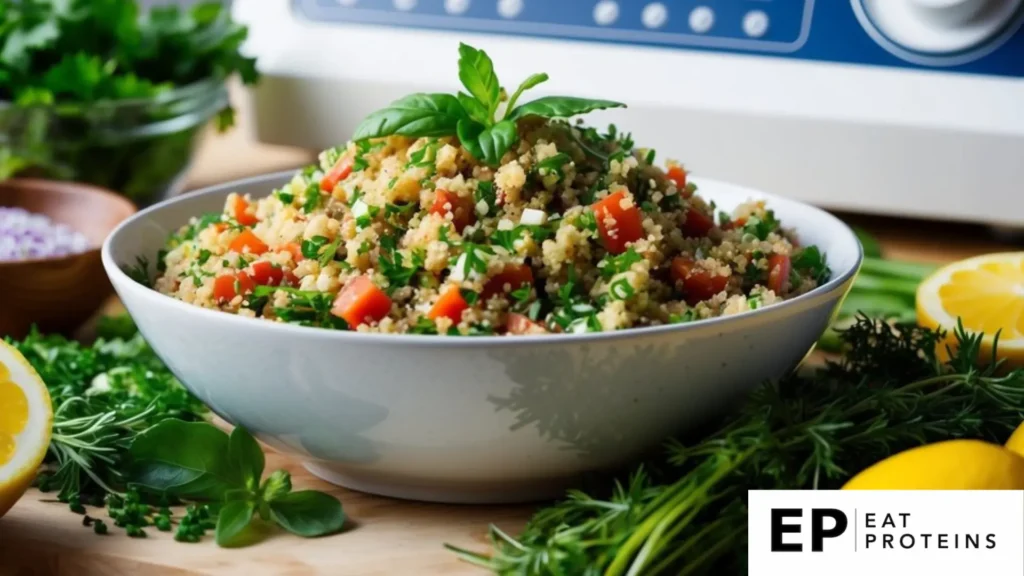
Quinoa Tabbouleh is a delicious and healthy dish that combines quinoa with fresh vegetables and herbs. It is a great option for those on a dialysis diet, as quinoa is high in protein and gluten-free.
Making Quinoa Tabbouleh is quite simple. I enjoy preparing it because it requires minimal cooking and is ready in about 30 minutes.
To start, I gather the following ingredients:
- 1 cup quinoa
- 2 cups water
- 1 cup chopped parsley
- 1/2 cup chopped tomatoes
- 1/4 cup chopped cucumber
- Juice of 1 lemon
- 2 tablespoons olive oil
- Salt and pepper to taste
Here are the steps I follow:
- Rinse the quinoa under cold water.
- In a pot, combine quinoa and water. Bring to a boil, then reduce heat and simmer for 15 minutes.
- Allow the quinoa to cool, then fluff it with a fork.
- In a bowl, mix the quinoa with parsley, tomatoes, cucumber, lemon juice, olive oil, salt, and pepper.
- Chill for about 10 minutes before serving.
This dish is refreshing and packed with nutrients, making it a perfect addition to my dialysis diet.
4. Cranberry Walnut Salad
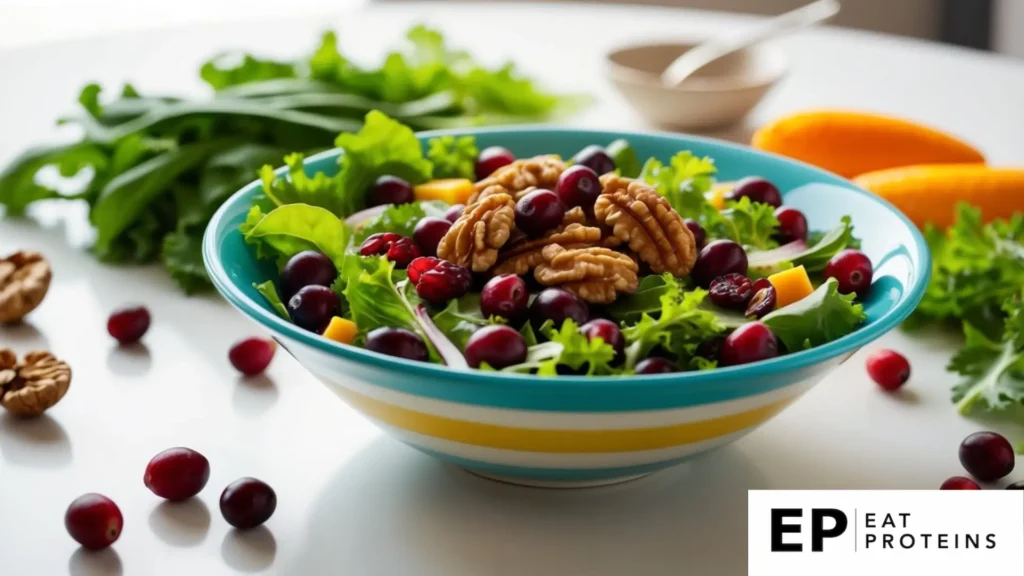
Cranberry Walnut Salad is a refreshing dish that combines sweet and savory flavors. It features dried cranberries and walnuts, both of which are great for a dialysis diet when enjoyed in moderation.
I find it easy to make, taking only about 15 minutes. Here’s how I prepare it:
- Gather the ingredients: 2 cups of mixed greens, 1/2 cup of dried cranberries, 1/2 cup of walnuts, and a light dressing.
- In a large bowl, combine the mixed greens, dried cranberries, and walnuts.
- Drizzle with a light dressing of your choice. I prefer a simple balsamic vinaigrette for added flavor.
- Toss gently to coat the ingredients evenly.
This salad is not only quick to prepare, but it also offers a nice crunch and sweetness that can enhance any meal. Enjoying it as a side or even as a light lunch can make my day feel more vibrant.
5. Garlic Roasted Brussels Sprouts
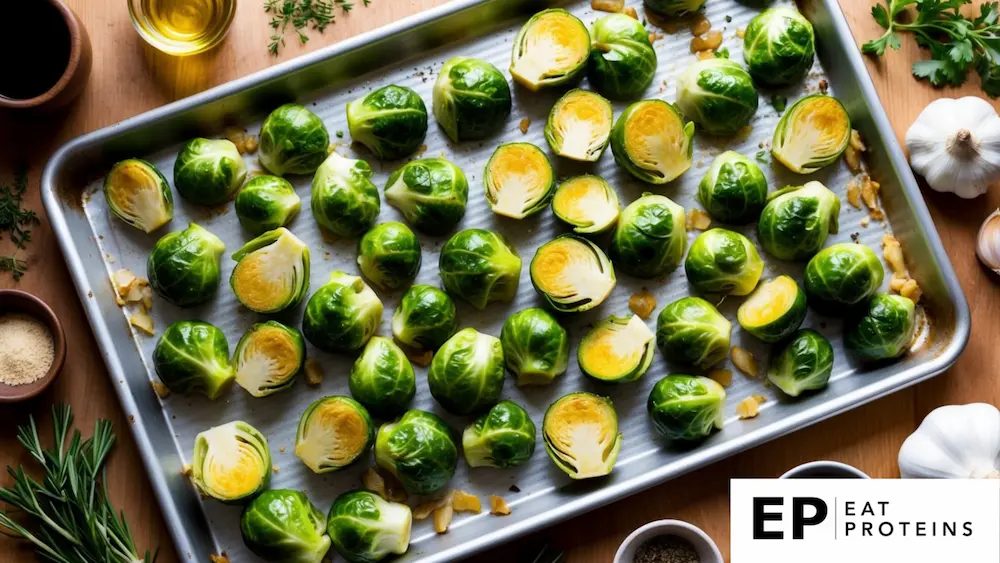
Garlic roasted Brussels sprouts are a simple and nutritious side dish. Brussels sprouts are a type of cruciferous vegetable packed with vitamins and minerals. They can be a great addition to a dialysis diet due to their low potassium content.
Making this dish is easy and takes just a few steps. First, I start by preheating the oven to 400°F (200°C).
Next, I rinse the Brussels sprouts and cut them in half. I then toss them in a bowl with olive oil, minced garlic, salt, and pepper to taste.
After that, I spread the mixture on a baking sheet in a single layer. I roast them in the oven for about 20-25 minutes, turning them halfway through. This helps them cook evenly and get a nice crispy texture.
When they are golden brown and tender, I take them out and let them cool for a few minutes before serving. This dish is not only easy to prepare but also complements many meals, making it a great choice for a balanced diet.
6. Spaghetti Squash Primavera
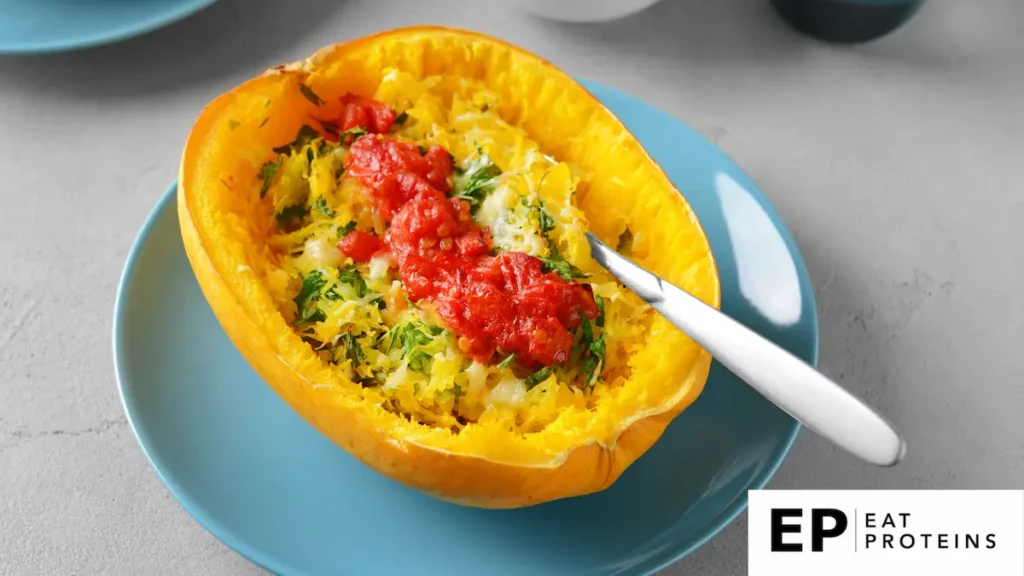
Spaghetti Squash Primavera is a nutritious and tasty dish that’s great for a dialysis-friendly diet. This vegetable is low in potassium and offers a gluten-free alternative to traditional pasta. It’s light and filled with various vegetables.
Making this dish is quite easy. I roast the spaghetti squash, which gives it a sweet, nutty flavor. It’s simple and quick to prepare.
Here are the short steps I follow:
- Preheat the oven to 400°F (200°C).
- Cut the spaghetti squash in half lengthwise and scoop out the seeds.
- Place the squash halves on a baking sheet, cut side down. Roast for about 30-40 minutes until tender.
- While the squash is roasting, sauté your choice of vegetables like bell peppers, zucchini, and carrots in a pan with olive oil for about 5-7 minutes.
- Once the squash is cooked, use a fork to scrape out the strands.
- Mix the squash with the sautéed vegetables and season with herbs like basil or oregano.
This dish is delicious and easy to customize with your favorite vegetables. I enjoy it as a healthy meal choice!
7. Blueberry Spinach Smoothie
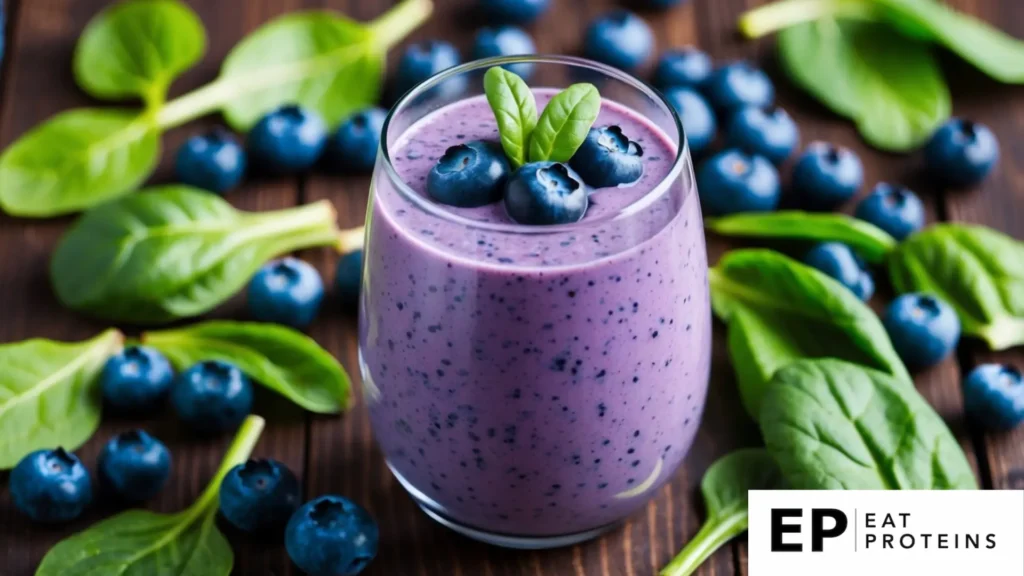
The Blueberry Spinach Smoothie is a nutritious option for those following a dialysis diet. It combines the goodness of spinach and blueberries, both known for their health benefits. This smoothie is easy to make and refreshing.
To prepare, I gather a handful of fresh spinach, one cup of blueberries, and one cup of unsweetened almond milk. I also add a little honey for sweetness, though this is optional.
Here are the steps I follow:
- Rinse the spinach and blueberries.
- In a blender, combine the spinach, blueberries, almond milk, and honey.
- Blend until smooth, adjusting the consistency with more almond milk if needed.
- Pour into a glass and enjoy!
This smoothie is not only tasty but also packed with nutrients. Blueberries provide antioxidants, while spinach offers vitamins and minerals, making it a great choice for a balanced diet.
8. Cucumber Mint Water
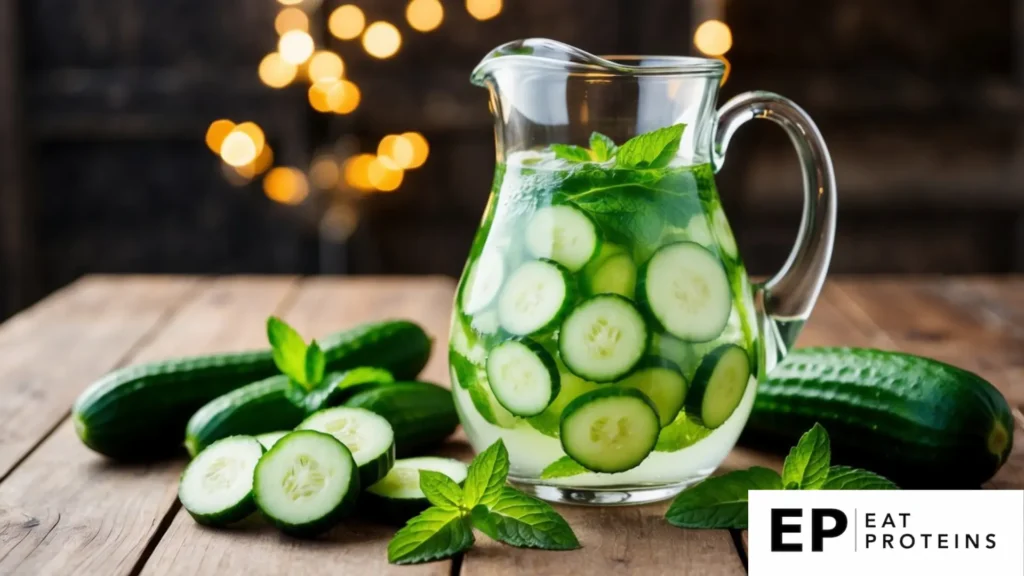
Cucumber mint water is a refreshing drink that is simple to make. It combines the crisp taste of cucumber with the cool flavor of mint. This drink is low in calories and can be a great alternative to sugary beverages.
Making cucumber mint water is easy. I start by gathering my ingredients. I need one cucumber, a handful of fresh mint leaves, and water.
Here are the steps to follow:
- Wash the cucumber and mint leaves thoroughly.
- Slice the cucumber into thin rounds.
- In a large pitcher, add the cucumber slices and mint leaves.
- Pour in four cups of cold water.
- Let it sit in the fridge for at least one hour.
This resting time allows the flavors to mix well. I often serve it chilled for the best taste. Adding ice cubes can make it even more refreshing. Enjoying cucumber mint water can help me stay hydrated while keeping my diet in check.
9. Kale Caesar Salad
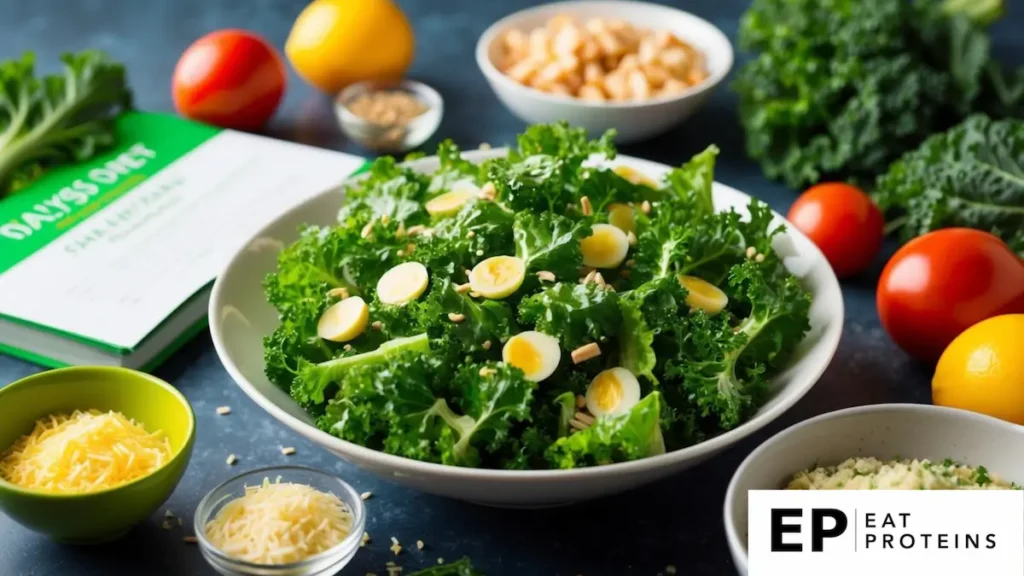
Kale Caesar Salad is a healthy twist on the classic dish. Kale is a leafy green that is packed with nutrients. It offers a crunchy texture that pairs well with creamy dressing.
I find this salad easy to make, and it is a great option for a dialysis-friendly diet. Here’s how I prepare it:
- Gather Ingredients: I use fresh kale, croutons, Parmesan cheese, and Caesar dressing. You can make your own dressing or use a store-bought version.
- Prepare the Kale: I wash the kale leaves thoroughly and remove the tough stems. Then, I chop the leaves into bite-sized pieces.
- Make the Dressing: If I’m making my own dressing, I blend olive oil, lemon juice, garlic, and a pinch of salt.
- Combine Ingredients: In a large bowl, I toss the chopped kale with the dressing until fully coated.
- Add Croutons and Cheese: I sprinkle croutons and grated Parmesan on top for added flavor and crunch.
This salad is not only simple to make but also delicious and satisfying. It fits well into a healthy eating plan for those on dialysis.
10. Apple Cinnamon Overnight Oats
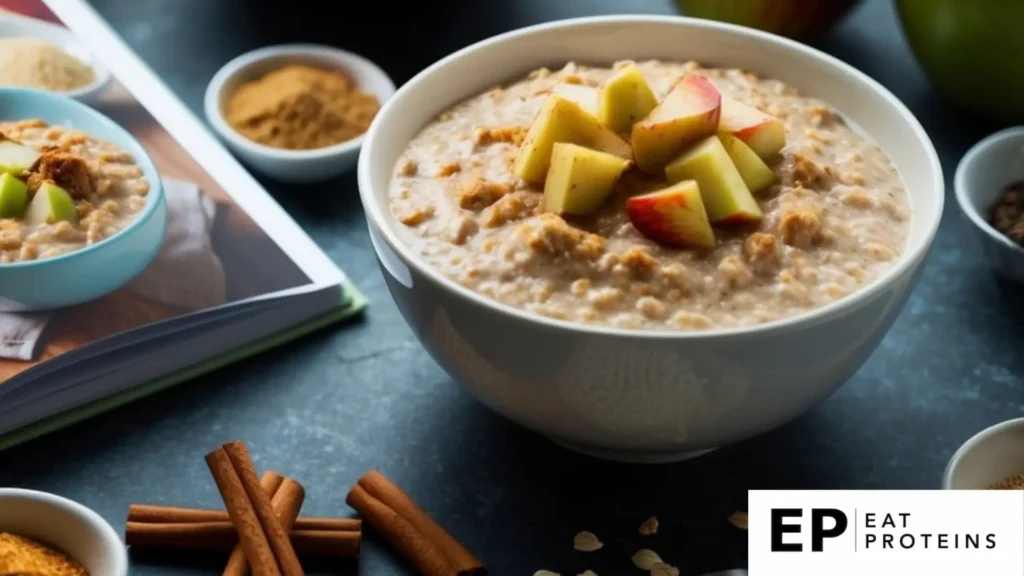
Apple Cinnamon Overnight Oats are a nutritious breakfast option. They are great for a renal diet because they are low in potassium and high in fiber. This dish is easy to prepare ahead of time.
To make this recipe, I start with 1 cup of rolled oats, 2 cups of water or low-sodium almond milk, and 1 diced apple. I add 1 teaspoon of ground cinnamon and a sweetener of my choice, like honey or maple syrup.
Here are the steps:
- Combine the rolled oats, water or almond milk, and diced apple in a bowl.
- Stir in the ground cinnamon and sweetener.
- Cover the bowl and refrigerate overnight.
- In the morning, serve chilled or heat it up for a warm breakfast.
This recipe is simple and can be made in just a few minutes. It provides a good balance of flavors while being healthy and suitable for those on a dialysis diet.
11. Cod with Roasted Red Pepper Sauce

Cod is a mild, flaky fish that is great for a dialysis diet. It is low in potassium and high in protein, making it a suitable choice for those managing kidney health.
I find this dish easy to make and full of flavor. The roasted red pepper sauce adds a sweet and smoky taste that enhances the cod without overwhelming it.
Here are the steps to prepare this dish:
- Preheat the oven to 400°F (200°C).
- Place 2 cod fillets on a baking sheet.
- Season with salt and pepper to taste.
- Roast the cod for about 12-15 minutes or until it flakes easily with a fork.
- While the cod cooks, blend 1 cup of roasted red peppers, 1 clove of garlic, and 1 tablespoon of olive oil until smooth.
- Pour the sauce over the cooked cod.
This meal is quick to prepare and takes about 30 minutes from start to finish. Enjoy this delicious and nutritious dish as part of your renal diet.
What Is a Dialysis Diet?
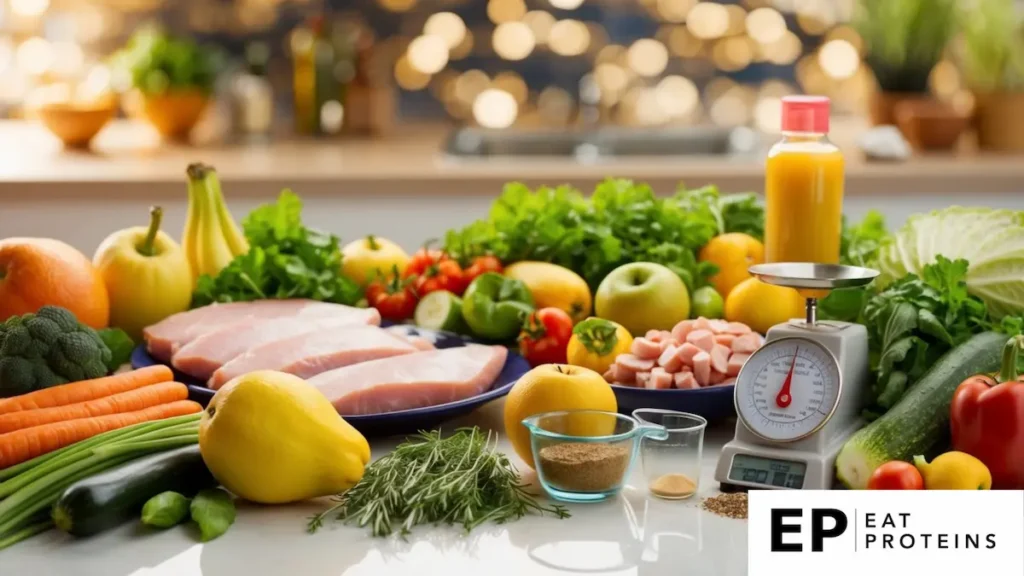
Dialysis diets are vital for patients undergoing treatment for kidney disease. These diets help manage health and nutrition while addressing specific dietary restrictions.
What Is the Importance of a Renal Diet?
Following a renal diet is crucial for dialysis patients. It helps control the buildup of waste products and excess fluids, which the kidneys can no longer filter effectively. A well-balanced diet can also prevent complications such as heart disease and high blood pressure.
Key components to consider in a renal diet include:
- Protein: Essential for repair and maintenance of body tissues. However, the type and amount of protein must be monitored.
- Sodium: High intake can lead to fluid retention, so it’s important to reduce salt in meals.
- Potassium and Phosphorus: These minerals often need to be limited, as high levels can cause serious health issues.
What Are the Nutritional Needs for Dialysis Patients?
Dialysis patients have unique nutritional needs that must be met to support their health. I focus on a balanced intake of essential nutrients while being mindful of restrictions.
For example:
- Proteins: Quality sources like lean meats, fish, and eggs provide necessary amino acids.
- Carbohydrates: Whole grains and fruits offer energy while being mindful of potassium content.
- Vitamins and Minerals: Supplements may be needed as dialysis can lead to deficiencies.
I also look for healthier recipes that align with these guidelines, focusing on low-sodium and low-phosphorus options. Preparing meals that meet these dietary needs ensures better health outcomes and enhances quality of life for those on dialysis.
How Is Nutrient Management Done in Dialysis Diets?
Managing nutrient intake is critical for dialysis patients. It’s essential to closely monitor sodium, phosphorus, and potassium levels. Each of these nutrients can significantly impact health and well-being, especially for those on dialysis.
How to Manage Sodium Intake in a Dialysis Diet?
Sodium control is vital for dialysis patients to help manage blood pressure and fluid retention. I focus on limiting sodium to about 2,000 mg or less per day. High sodium foods include:
- Canned soups and vegetables
- Processed meats
- Snack foods like chips and pretzels
Choosing fresh foods can help. I prefer seasoning meals with herbs and spices instead of salt. Tools like a sodium content chart can be helpful in planning meals. It is also important to read food labels carefully. This way, I can avoid hidden sources of sodium that can accumulate quickly.
What Is Phosphorus Control in Dialysis Diets?
Phosphorus management is crucial because the kidneys cannot effectively remove excess amounts. High phosphorus levels can lead to bone and heart problems. I keep my phosphorus intake to roughly 800-1,000 mg each day.
Foods high in phosphorus include:
- Dairy products
- Nuts and seeds
- Dark-colored sodas
I opt for low-phosphorus alternatives, such as:
- Rice milk instead of cow’s milk
- Fresh fruits and vegetables
Taking phosphate binders during meals can also help reduce absorption of phosphorus from food.
What Are Potassium Restrictions in Dialysis Diets?
Potassium levels are often elevated in dialysis patients, leading to potential heart issues. I aim to limit my potassium intake to about 2,000-3,000 mg per day. High-potassium foods include:
- Bananas
- Oranges
- Potatoes
To manage this, I choose lower-potassium options like apples, berries, and green beans. I also soak vegetables in water before cooking to help reduce their potassium content. Staying informed about the potassium content of foods ensures that I keep my levels in check effectively.
What Are Tips for a Healthy Dialysis Diet?
Eating well is crucial for anyone on dialysis. I focus on meal planning and understanding food labels to help me make better choices. Here are some practical tips.
What Are Meal Planning Strategies for a Dialysis Diet?
When planning meals, I aim for balance and variety. I include low-potassium fruits and vegetables, such as apples and cucumbers. Lean proteins like chicken and fish are my go-to choices.
I find it helpful to create a weekly menu, which keeps me organized. I set aside time for grocery shopping and cooking. Batch cooking is a smart strategy to save time on busy days.
Portion control is essential, too. I use measuring tools to avoid overeating, especially with higher-calorie items.
I also keep snacks on hand, like rice cakes or plain popcorn, to stay satisfied throughout the day without going off track.
How to Understand Food Labels for a Dialysis Diet?
Reading food labels is a vital skill. When I check labels, I look for key information such as sodium, potassium, and phosphorus levels. These nutrients can affect my health significantly.
I pay attention to serving sizes, as they can mislead me about the total intake. If a product has 500 mg of sodium per serving, I consider how many servings I might eat.
I also avoid foods with high added sugars and unhealthy fats.
By becoming familiar with common ingredients, I can make informed choices. I keep a list of acceptable foods to simplify shopping trips and ensure I select dialysis-friendly options.
